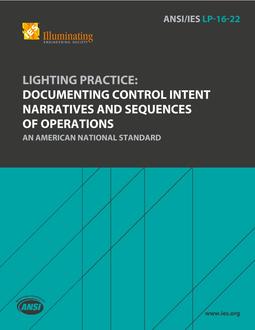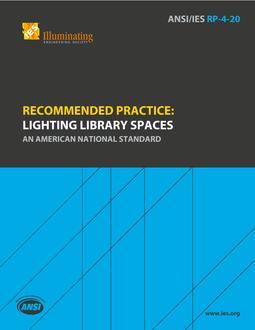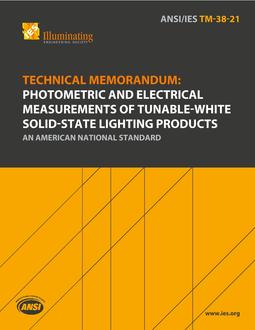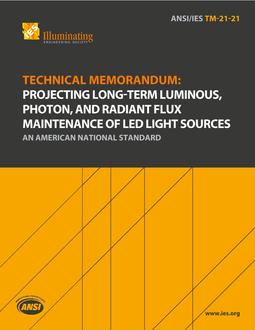Category
Recently Viewed Products
-
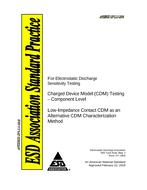 ESD SP5.3.3
ESD SP5.3.3
$169.00$101.40 -
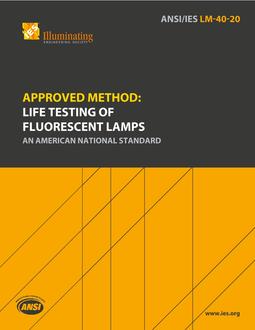 IES LM-40
IES LM-40
$50.00$30.00 -
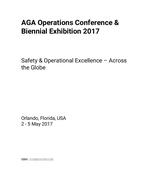 AGA X51707
AGA X51707
$275.00$165.00 -
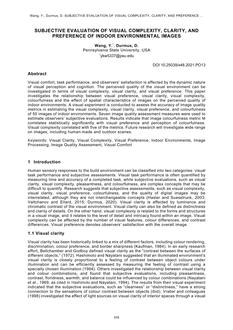 CIE x048-PO13
CIE x048-PO13
$31.80$19.08 -
 ICEA S-105-692
ICEA S-105-692
$115.00$69.00
IES LP-16 – Lighting Practice: Documenting Control Intent Narratives and Sequences of Operations
This document provides guidance on the documentation of Control Intent Narratives and Sequences of Operation (CIN and SOO). It is not intended to be a design guide, but rather a reference manual of best practices on how the design, once formulated, is included in the project documentation and communicated to the construction and commissioning teams.
This document is intended for people in the lighting community, including building owners, managers, architects, lighting practitioners, electrical engineers, control systems practitioners, luminaire and controls manufacturers, systems integrators, and installers.
Equipment, sensors, software, and network infrastructure are necessary components of a complete lighting control system, but these are not covered here (refer to ANSI/IES LP-6-20, Lighting Practice: Lighting Control Systems – Products, Selection, and Specification1 for information on these aspects of the lighting control system).
There are different ways to convey intent and sequences of operation. This document presents two of the most common formats: a matrix and a narrative. Each has its strengths and weaknesses. Information is provided to help the reader make a decision that will benefit the
project. Furthermore, it is imperative that the method chosen be in harmony with the capabilities of the project team so that the SOOs will be updated as they evolve through the project.
It is not necessary to read this document cover to cover. The reader may skip to the sections of interest and the example narratives that will be useful for a given project. While the examples given are real world examples used on various projects, the example sequences should not be used as is; they will almost certainly not meet the requirements for a specific project. Instead, the examples should be used as a starting point and then adapted to specify the control system the project requires. The examples given may be used for their structure and level of detail, but the requirements and setpoints should be changed to meet the specific project’s needs.
In addition, each specific project may require unique sequences that have never been created before. A questionnaire is provided in Annex C to help with creating a CIN and SOO for a specific project.
Finally, a List of Abbreviations and a Glossary can be found just before the annexes.
Product Details
- Published:
- 08/01/2022
- ISBN(s):
- 9780879954369
- ANSI:
- ANSI Approved
- Number of Pages:
- 91
- File Size:
- 1 file , 820 KB
- Note:
- This product is unavailable in Ukraine, Russia, Belarus
Related products
-
IES RP-4
$120.00$72.00Add to cartRecommended Practice: Lighting Library Spaces, Includes Errata 1 (2021)
Published by Publication Date Number of Pages IES 04/21/2020 50 -
IES TM-38
$50.00$30.00Add to cartTechnical Memorandum: Photometric and Electrical Measurements of Tunable-White Solid-State Lighting Products
Published by Publication Date Number of Pages IES 11/01/2021 23 -
IES RP-6
$120.00$72.00Add to cartRecommended Practice: Lighting Sports and Recreational Areas, Includes Errata 1 (2021)
Published by Publication Date Number of Pages IES 02/07/2020 102 -
IES TM-21
$50.00$30.00Add to cartTechnical Memorandum: Projecting Long-Term Luminous, Photon, and Radiant Flux Maintenance of LED Light Sources
Published by Publication Date Number of Pages IES 2021 55

